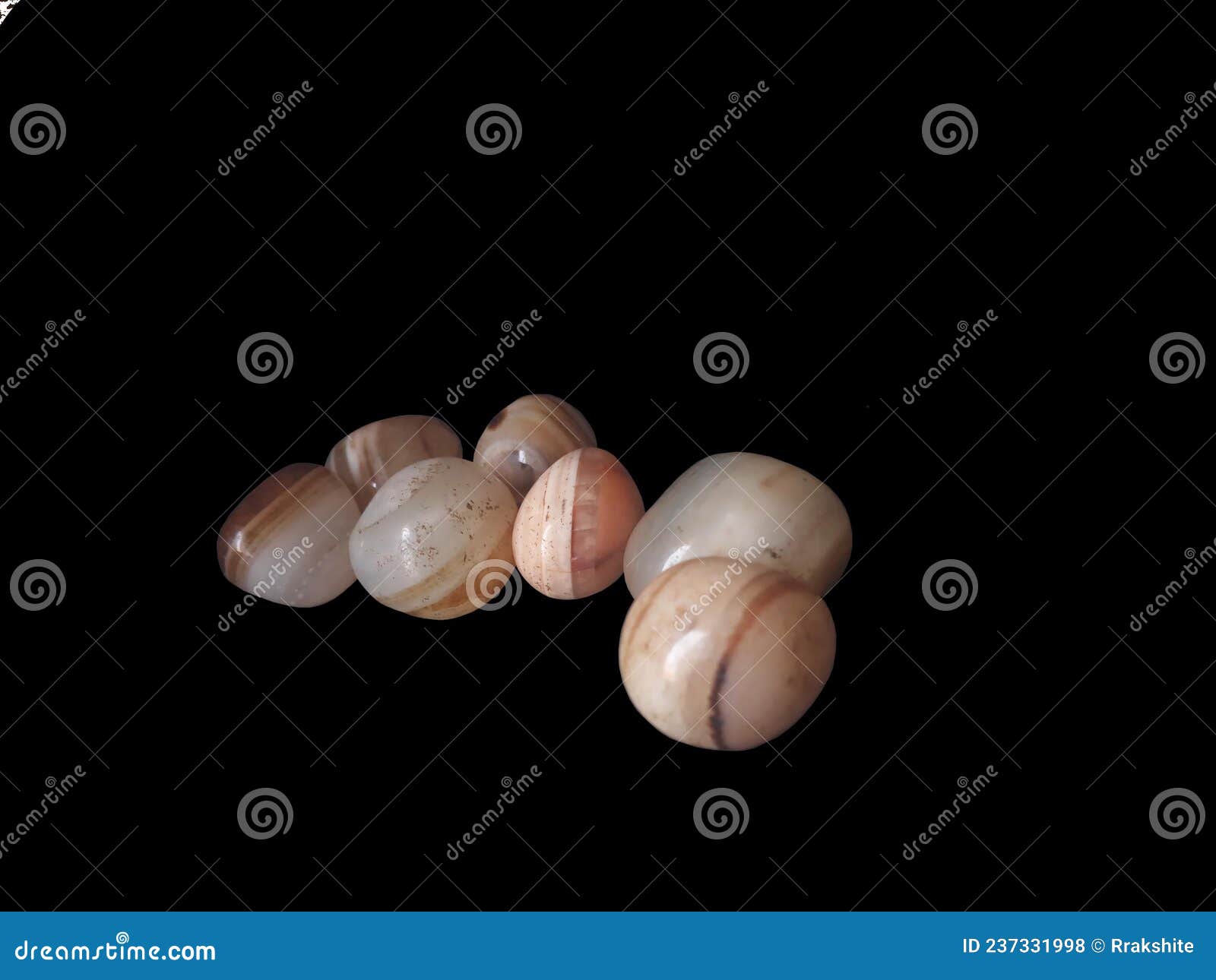

Though the words yin and yang only appear once in the Dao De Jing, the book is full of examples and clarifications of the concept of mutual arising. The concept of yin-yang exists in Confucianism, and is prominent in Daoism. Perhaps this is the law of everything yet there is no form being seen. The interaction of these two establishes he (harmony), so it gives birth to things. The chilliness comes from heaven while the warmness comes from the earth. Yin in its highest form is freezing while yang in its highest form is boiling. Yin and yang are equally important, unlike the dualism of good and evil. In none of these conceptions can yin be considered metaphysically separated and distinct from yang (or vice versa), nor is one thought to be superior to or more valuable than the other. The term is used in three general contexts: to describe the relationships existing within and between the body and mind, nature and man, and nature and all existence to speak of the jiao (interaction) between the waxing and waning of the cosmic and human realms and to explain the process of harmonization which ensures a constant, dynamic balance of all things. The concept of Yinyang (yin-yang) has been shared by different schools of Chinese philosophy throughout history, though it was interpreted and applied by them in different ways. The concept is called yin yang, not yang yin, because the former has a preferred pronunciation in Chinese, and the word order has no cultural or philosophical meaning. fourth century B.C.E.), an appendix to the I Ching ( Classic of Changes), contains the phrase, “One Yin, one Yang, this is the Tao.” Hsi tz'u, or “ Appended Explanations” (c. The two characters first appear in writing together in a verse from the Shijing (Book of Songs), a compilaton of poems from the Zhou Dynasty (1027-771 B.C.E.) through the Spring and Autumn Period (770-476 B.C.E.): “Viewing the scenery at a hill, looking for yinyang.” The phrase describes the effect of sunlight and shadow falling simultaneously on the hill. The two characters were not associated in their earliest usages. Yang (dong) represents movement, yin (jing) represents rest. Daylight was the time for work, night was for rest. The concept of yin and Yang probably arose from ancient agrarian religion and the daily life of peasant farmers, which centered around the sun. 100 C.E.), Xu Shen’s Shuowen jiezi (Explaining Single-component Graphs and Analyzing Compound Characters), "yin" refers to “a closed door, darkness and the south bank of a river and the north side of a mountain.” "Yang" refers to “height, brightness and the south side of a mountain.”

According to the earliest comprehensive dictionary of Chinese characters (ca. There is sunlight during the day ("yang") and a lack of sunlight at night ("yin"). In these inscriptions, "yin" and "yang" refer to natural phenomena such as weather conditions, especially the movement of the sun. The earliest Chinese characters for yin and yang are found in inscriptions made on “ oracle bones” (animals shoulder blades and turtle carapaces used in ancient Chinese divination). Each aspect of yin and yang can be further subdivided into yin and yang aspects. Yin and yang consume and support each other. Each can transform into the other, and contains a seed of the other within it. Yin and yang are complementary, interdependent opposites, neither of which can exist without the other.


 0 kommentar(er)
0 kommentar(er)
